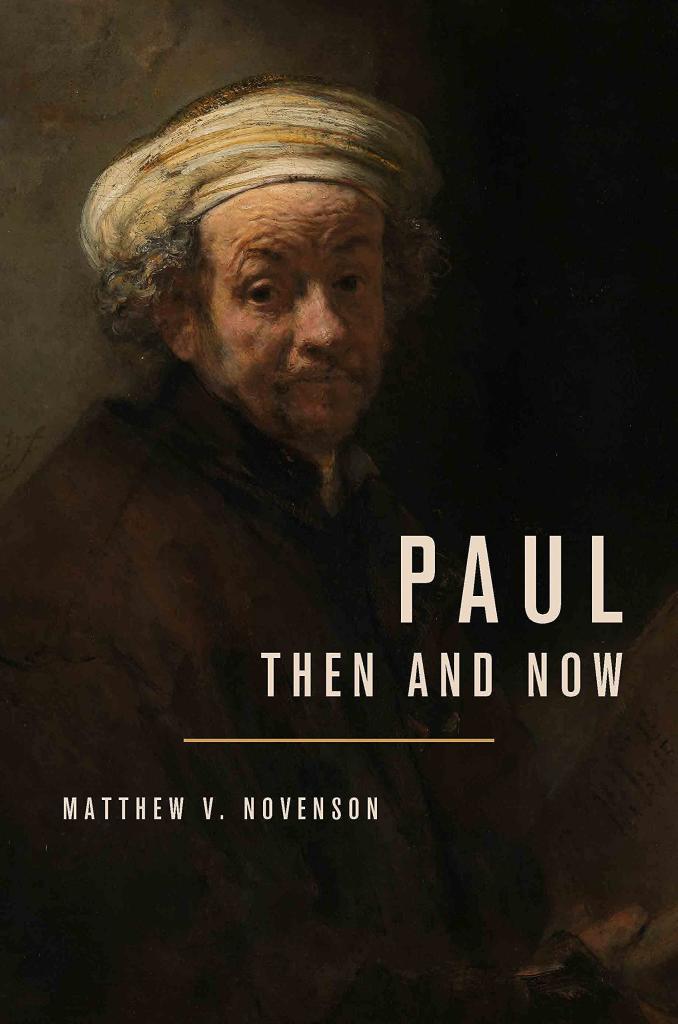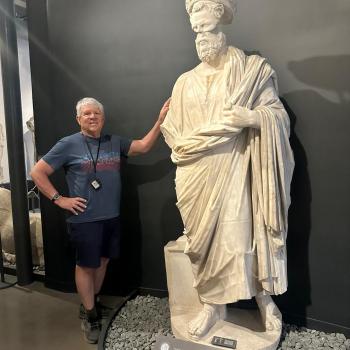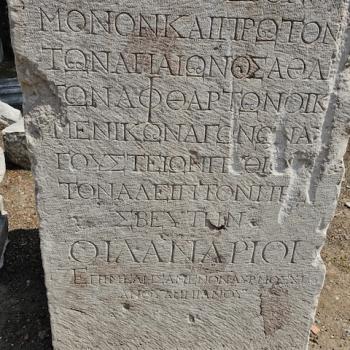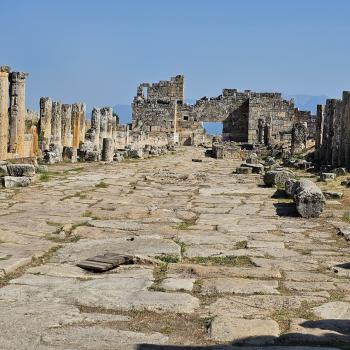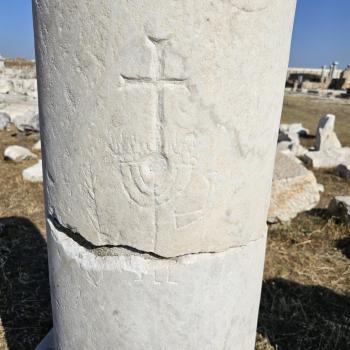Q. Early on in the Introduction you state as your purpose to do historical critical readings of Paul to try and understand him within his original context. Kudos for that. But at the same time you seem to be very attracted to some aspects of the Paul within Judaism perspective that has numerous problems and often comes off as an apologetic reading of Paul from an all too modern perspective (e.g. Paul’s converts met with and in the synagogue and didn’t leave it?—Nanos). Much of this sounds like special pleading to me. Why do you find this perspective helpful with the original historical setting?
A. I would not concede the criticisms of the so-called Paul within Judaism (PWJ) school embedded in the question. To be sure, there are certain examples of PWJ scholarship that are apologetic to the point of historical implausibility, but I think these are the exception rather than the rule. To my mind, the great historical merit of much recent PWJ scholarship—there are also ethical and other merits to speak of—is its capacity to read Paul non-teleologically, that is, without assuming that everything that came after Paul (e.g., Christian supersessionism, Nicene trinitarianism, Augustinian original sin, Lutheran justification by faith) was already there in those first-generation epistles. This is a simple point to grasp, but not an easy one to adopt in practice, especially for the majority of readers of Paul who are (as I am) gentile, Christian, Augustinian, Protestant, modern, etc. On this great strength of much PWJ research, your readers should check out Paula Fredricksen’s recent JBL article “What does it mean to see Paul ‘within Judaism’?”


